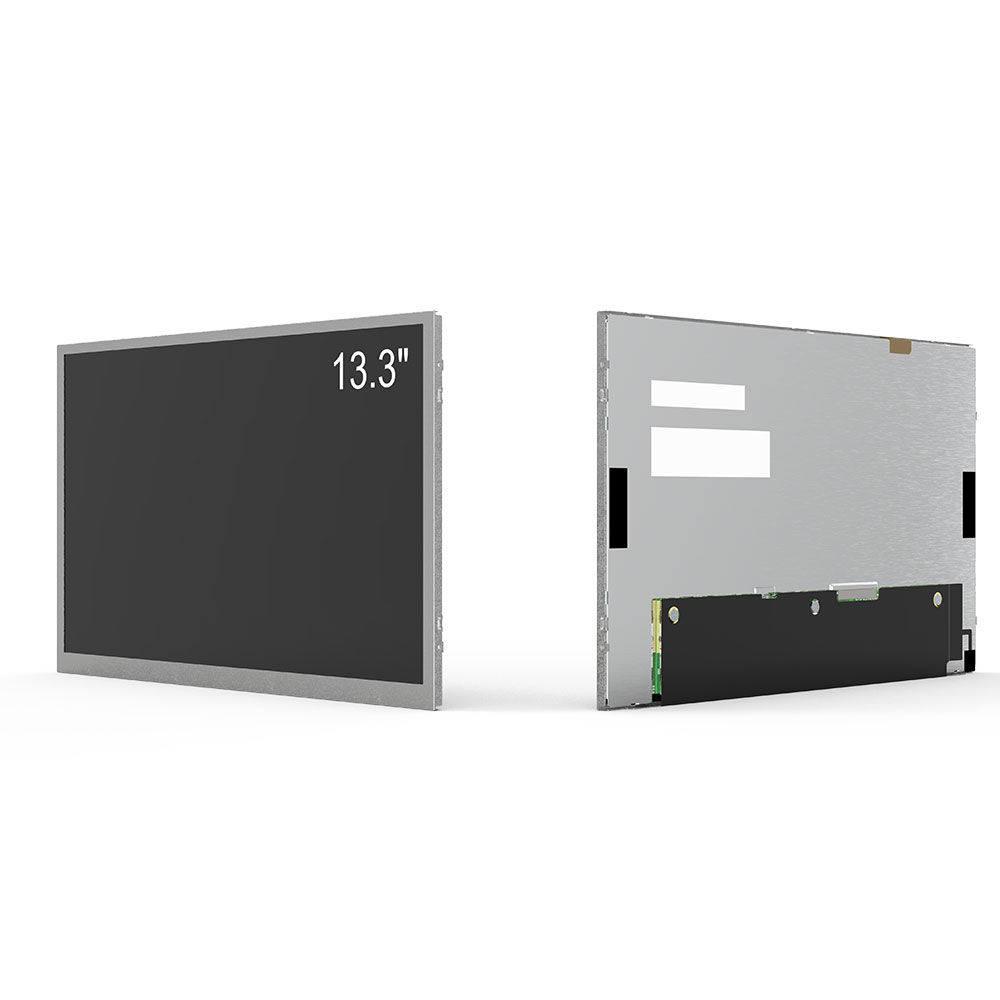- Home
- About Us
- Products
- News
- Video
- Contact
- Send Inquiry
Search
- Home
- About Us
- Products
- News
- Video
- Contact
- Send Inquiry

When selecting an outdoor LCD screen for commercial or public use, it's essential to prioritize performance, durability, and environmental adaptability. Unlike indoor displays, outdoor screens must withstand extreme temperatures, humidity, UV exposure, and physical impacts—factors that directly influence image quality, lifespan, and maintenance costs.
First, evaluate brightness levels. Industry standards such as those from the Society of Motion Picture and Television Engineers (SMPTE) recommend a minimum of 5,000 nits for clear visibility under direct sunlight. High-brightness models (7,000–10,000 nits) are ideal for urban environments where ambient light is intense. Always check the manufacturer’s specifications for peak brightness in both daylight and nighttime modes.

Second, consider IP rating for weatherproofing. An IP65 or higher rating ensures protection against dust and water jets, making it suitable for rain, snow, or coastal climates. For areas with frequent temperature swings—like deserts or high altitudes—look for screens certified to operate between -30°C to +60°C, per IEC 60068 standards.
Third, assess display technology. LED-backlit LCDs offer superior contrast ratios and color accuracy compared to older CCFL models. For high-traffic locations like stadiums or transit hubs, ultra-high-definition (UHD) panels (3840x2160 resolution) enhance viewer engagement while maintaining readability from distances up to 50 meters.
Fourth, examine power efficiency and thermal management. Energy-efficient designs reduce operational costs; look for screens with adaptive brightness control and passive cooling systems. Overheating can cause pixel degradation—a common issue in unregulated environments.
Finally, ensure compatibility with content management systems (CMS). Integration with cloud-based platforms like BrightSign or Xibo enables remote scheduling, diagnostics, and real-time updates—an essential feature for businesses managing multiple sites.
Real-world examples validate these criteria: A retail chain in Dubai installed 10,000-nit LED screens with IP67 ratings at its flagship stores, resulting in a 40% increase in customer engagement during peak hours. Similarly, a transportation authority in Norway deployed ruggedized outdoor displays rated for -40°C operation, achieving 99.9% uptime over two years despite harsh winter conditions.
By prioritizing brightness, durability, resolution, energy efficiency, and CMS integration, businesses can future-proof their digital signage investments and maximize ROI.